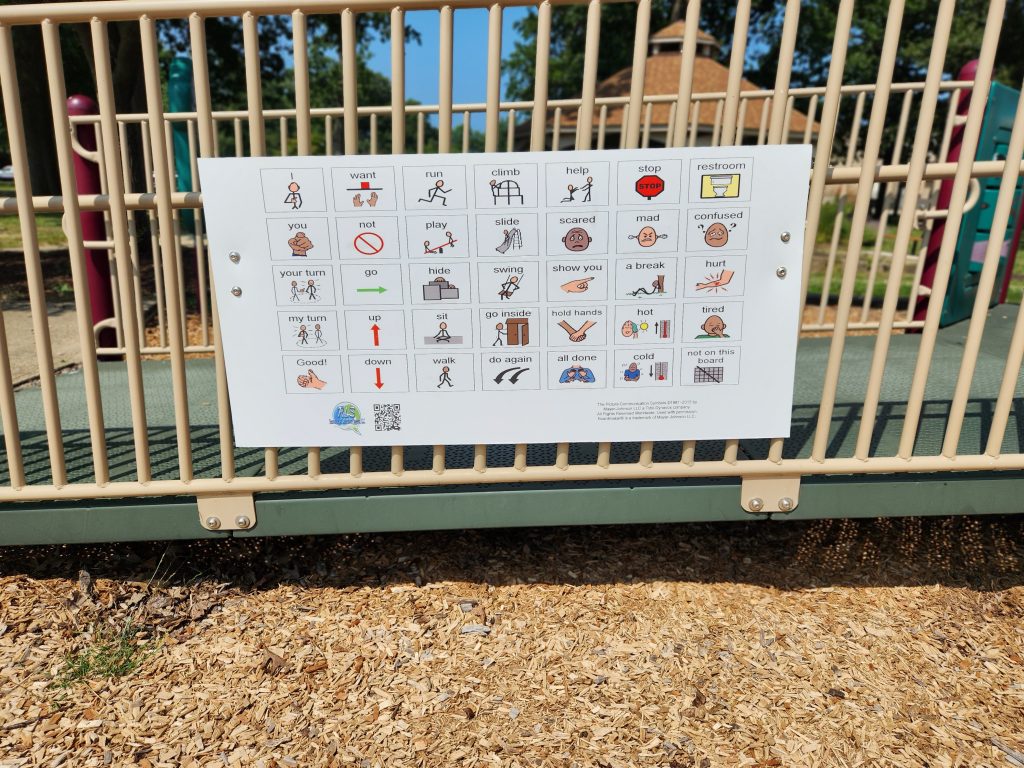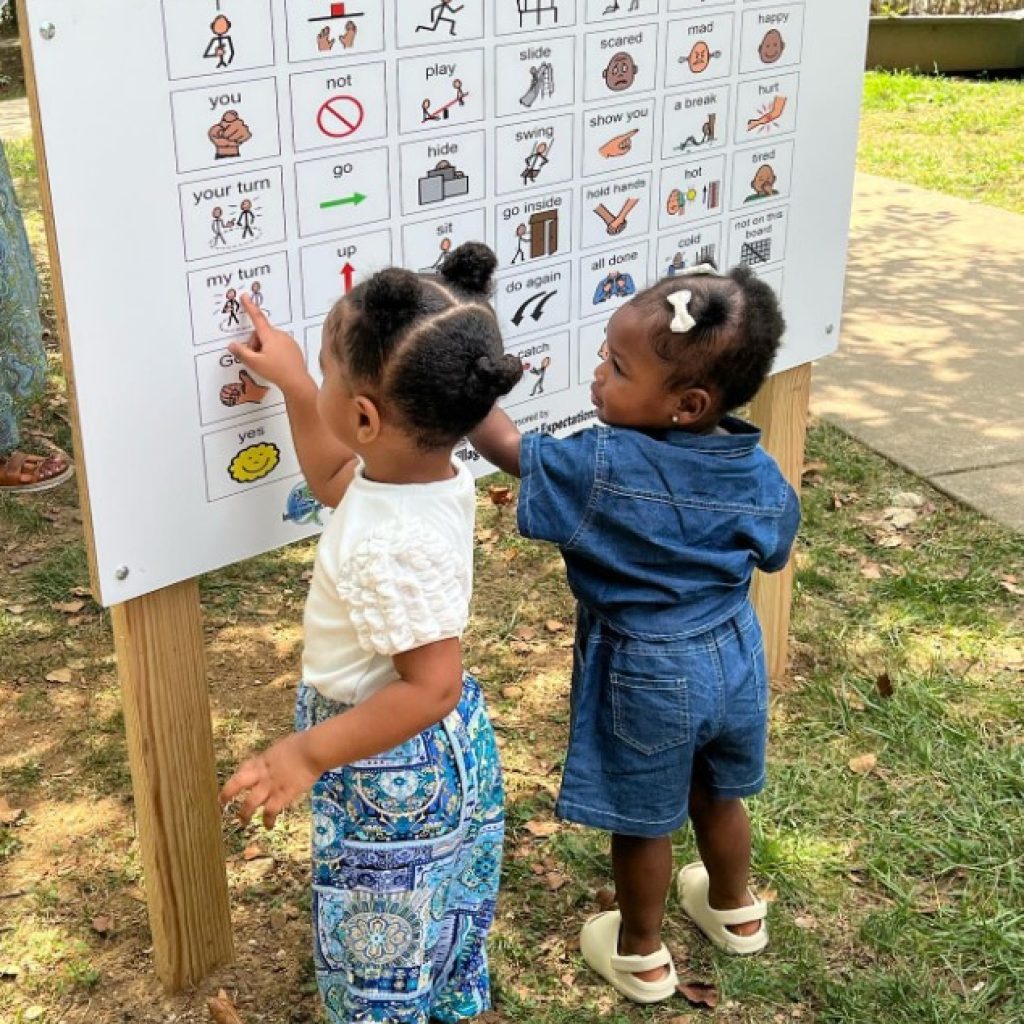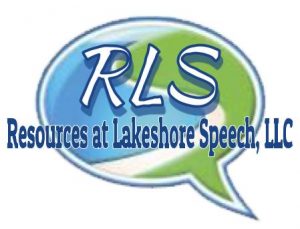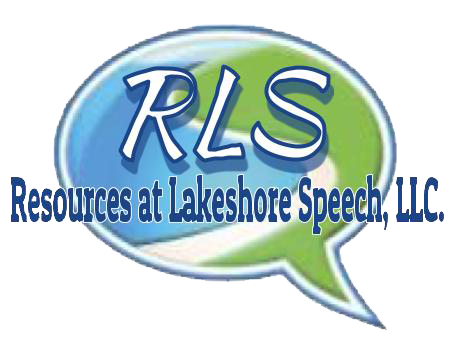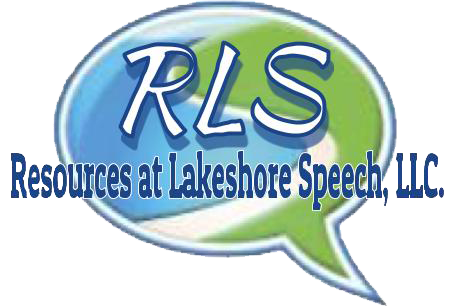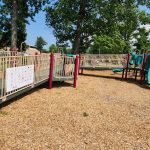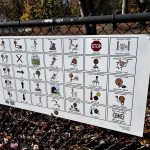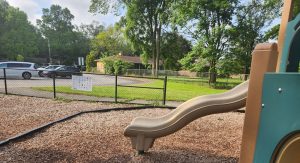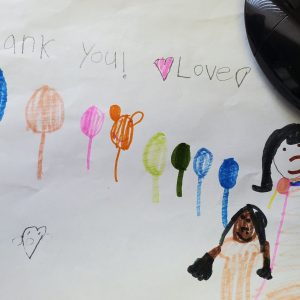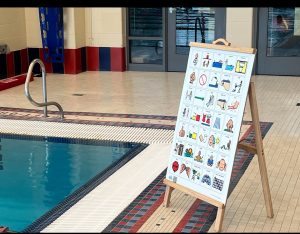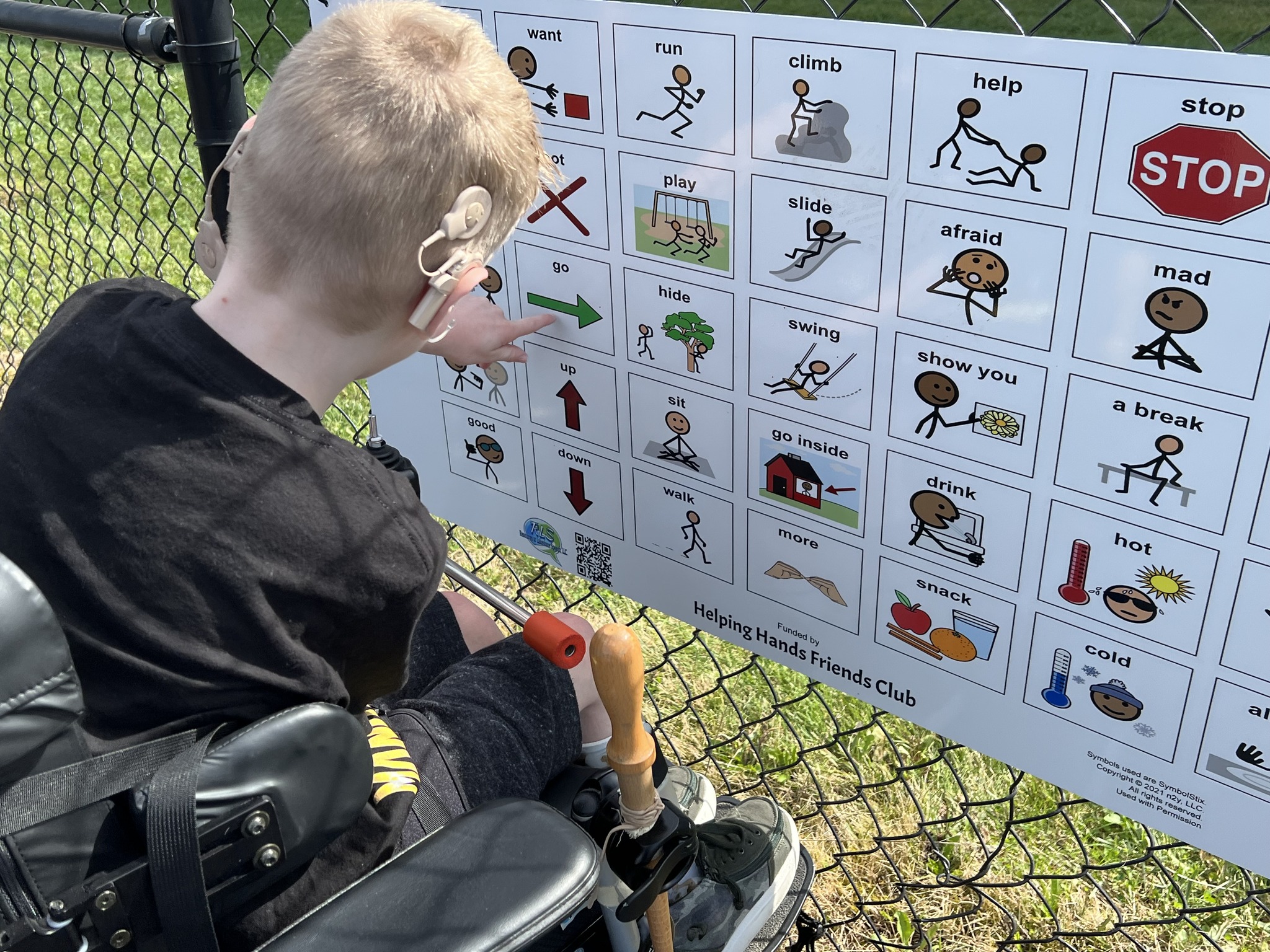
When it comes to fostering inclusive and engaging playgrounds, the role of Augmentative and Alternative Communication (AAC) tools cannot be overstated. Playground communication boards, in particular, have emerged as a powerful solution to bridge the gap and facilitate meaningful relationships, especially for individuals with communication challenges.
The Americans with Disabilities Act (ADA) has long recognized the importance of accessibility in public spaces, and playgrounds are no exception. By incorporating playground communication boards, we can ensure that children and adults of all abilities can fully participate and thrive in the joyful, interactive environment of the playground.
These communication boards, strategically placed within the playground setting, provide a visual and tactile interface that empowers individuals to express their needs, desires, and ideas. This simple yet impactful tool can transform the playground experience, enabling meaningful interactions and fostering a sense of belonging for those who may have previously felt excluded.
The Impact of Playground Communication Boards on Relationships
At the heart of the playground experience lies the opportunity for social connection and relationship-building. However, for individuals with communication challenges, this aspect of the playground can often be a daunting and isolating experience. Playground communication boards address this issue head-on, creating a bridge that facilitates meaningful interactions and fosters lasting relationships.
Imagine a scenario where a child with autism spectrum disorder (ASD) approaches the playground, eager to engage with their peers but unsure of how to initiate or sustain a conversation. With a playground communication board at their fingertips, they can point to images, symbols, or words that convey their interests, needs, or desired activities. This simple act can instantly break down barriers, allowing the child to connect with others and participate in the shared experience of play.
Similarly, for adults with acquired communication disorders, such as those resulting from a stroke or traumatic brain injury, playground communication boards can be a lifeline. These individuals may have the cognitive capacity to understand and engage with their surroundings, but the inability to express themselves verbally can be a significant obstacle. The communication board empowers them to actively participate in playground activities, share their thoughts and ideas, and forge connections with fellow playground-goers.
The Impact on Many
The impact of these communication boards extends beyond the individual user. By facilitating these interactions, playground communication boards also foster a sense of community and understanding among all playground visitors. As children and adults of varying abilities engage with the boards and communicate with one another, they develop a deeper appreciation for diversity and the unique perspectives each person brings to the table.
This inclusive environment not only benefits those with communication challenges but also promotes empathy, compassion, and social-emotional learning among all participants. Children, in particular, can learn valuable lessons about acceptance, patience, and the importance of considering the needs of others – skills that will serve them well throughout their lives.
Overcoming Barriers and Fostering Accessibility
While the benefits of playground communication boards are clear, the journey to widespread implementation is not without its challenges. Addressing these barriers head-on is crucial to ensuring that these invaluable tools become a standard feature in playgrounds across the country.
One of the primary hurdles is the lack of awareness and understanding about the importance of accessibility in public spaces. Many playground designers and decision-makers may not fully recognize the profound impact that communication boards can have on the lives of individuals with communication challenges. Educating these stakeholders about the ADA requirements, the needs of the community, and the tangible benefits of communication boards is a crucial first step.
Another obstacle is the perceived cost associated with installing and maintaining playground communication boards. However, when viewed through the lens of long-term investment in inclusive and accessible public spaces, the cost becomes a worthwhile and necessary expenditure. By highlighting the positive outcomes, such as increased community engagement, improved social-emotional development, and the fulfillment of ADA compliance, stakeholders can be convinced of the inherent value of these communication tools.
Businesses like Resources at Lakeshore Speech is dedicated to providing these invaluable playground tools at an affordable price.This company can assist communities, schools, agencies and the like in navigating the process of incorporating communication boards into their playgrounds.
The Future of Playground Communication Boards: Expanding Reach and Impact
As the awareness and adoption of playground communication boards continue to grow, the future holds exciting possibilities for their continued evolution and impact. By envisioning and working towards an even more inclusive and accessible playground landscape, we can unlock the full potential of these transformative tools.
The concept of playground communication boards can be expanded beyond the physical boundaries of the playground itself. By leveraging digital platforms and mobile applications, these tools can become accessible in a variety of settings, from community centers to family homes. This digital integration can empower individuals to practice and become familiar with the communication boards before venturing out to the playground, thereby reducing anxiety and fostering a sense of confidence and preparedness.
Additionally, the future of playground communication boards may involve the incorporation of personalized elements. By allowing users to customize the boards with their own images, symbols, or preferred languages, the communication experience can become even more tailored and meaningful. This level of personalization can further strengthen the sense of ownership and investment that individuals feel towards these inclusive tools.
As we look towards the future, it is also essential to consider the role of community engagement and collaboration. By fostering partnerships between local governments, disability advocacy groups, and playground design experts, we can ensure that the development and implementation of playground communication boards are truly reflective of the needs and preferences of the community. This collaborative approach can lead to innovative solutions, enhanced user experiences, and a deeper sense of shared ownership and responsibility.
Conclusion
The power of playground communication boards lies in their ability to bridge the gap and create meaningful relationships within the playground setting. By empowering individuals with communication challenges to actively participate and engage, these tools transform the playground experience, fostering inclusivity, social connection, and a deeper understanding of diversity.
As we continue to strive for more accessible and inclusive public spaces, the role of playground communication boards cannot be overstated. Through a combination of education, strategic investment, and innovative solutions, we can work towards a future where every playground becomes a welcoming and inclusive environment for individuals of all abilities.
By embracing the transformative potential of playground communication boards, we can unlock a world of possibilities – a world where play, connection, and understanding transcend the boundaries of language and ability, and where the joy of the playground is truly accessible to all.
